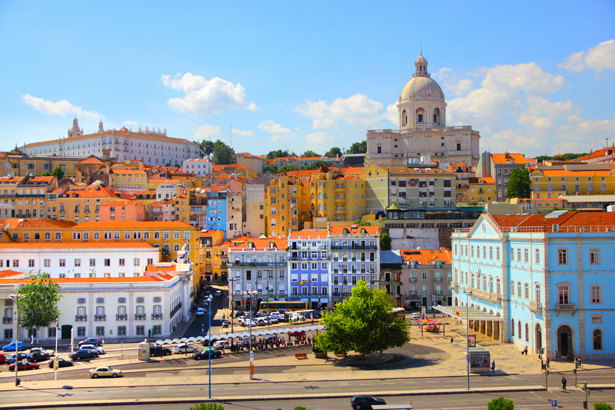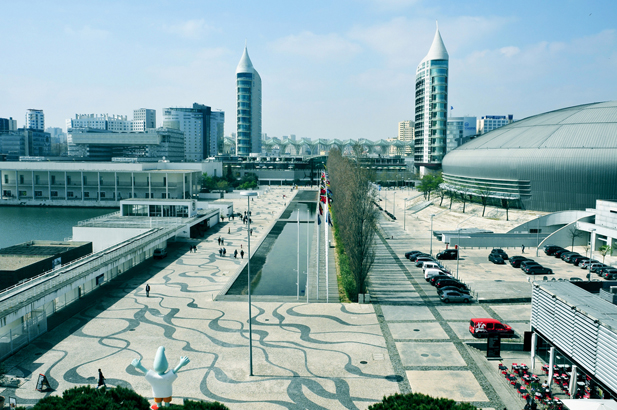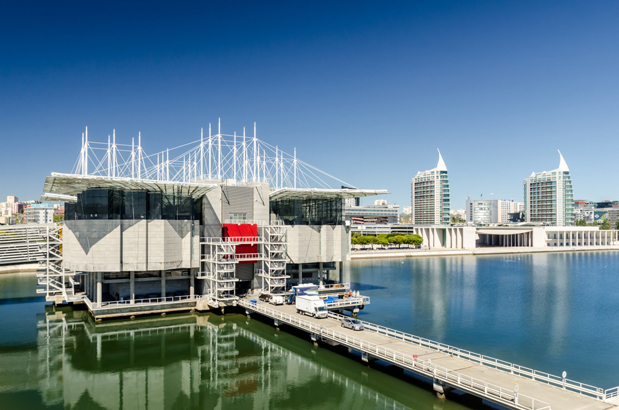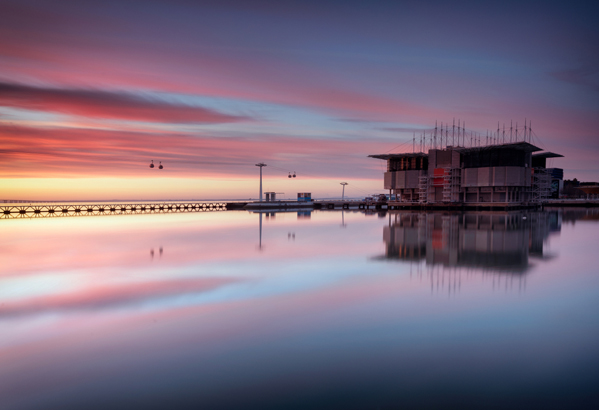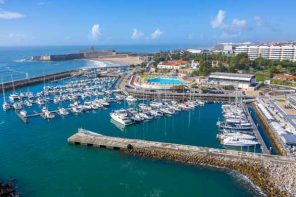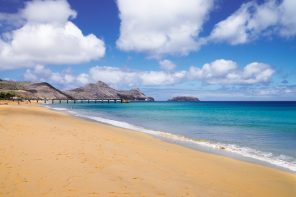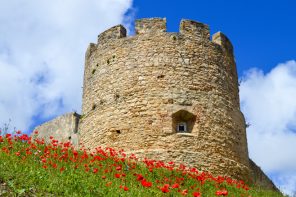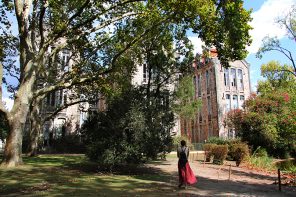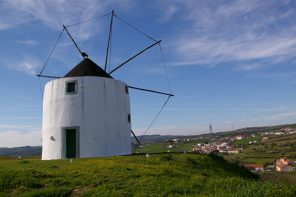BEFORE EXPO 98, THE LISBON THAT STARTED AWAY FROM SANTA APOLÓNIA WAS SORT OF A DISTANT THOUGHT, ALMOST AS DISTANT AS THE SOUTH BANK OF THE RIVER. AFTER THE INTERNATIONAL EVENT CELEBRATING THE OCEANS, WHAT THEY GIVE US AND WHAT WE TAKE FROM THEM, A CITY TOOK A DEEP BREATH AND EMBRACED IT. FOR GOOD.
Dozens of cruise ships dock here, promising the passengers a full day if they have the right guide, whether on paper or app. First they face a steep hill that leads up to the Pantheon, at Campo de Santa Clara. But before the tiresome climb it is worth visiting the Army Museum, amazingly resistant to publicity. The Santa Apolónia railway station is right next to it, promising a connection to the inland trails of Europe. And around it multiply terraces, restaurants and one of the most popular night clubs in town called Lux Frágil.
Next comes the Tile Museum, dedicated to this artistic expression that locals give little attention to because of the regular interaction (as happens with ‘calçada’, the cobblestone paths), but amazes foreigners, and the rich and penitent Madre de Deus convent. Afterwards just follow the river up to Parque das Nações, what resulted from the intelligent management of what was left from the 98 Universal Exhibition, an example others were incapable of following. By train one descends in the superb Gare do Oriente station, designed by Santiago Calatrava, and by the water you can enjoy the view of this newest of boroughs from above in the cable car. There is the Portugal Pavillion, designed by Siza Vieira, the MEO Arena, the Lisbon Casino, the Science and Knowledge Pavillion and also the Oceanarium, the most popular aquarium in Europe. Here and there, bars and restaurants with flavors from all over the world keep the universal legacy of Expo 98. And people say it is always Sunday here.


